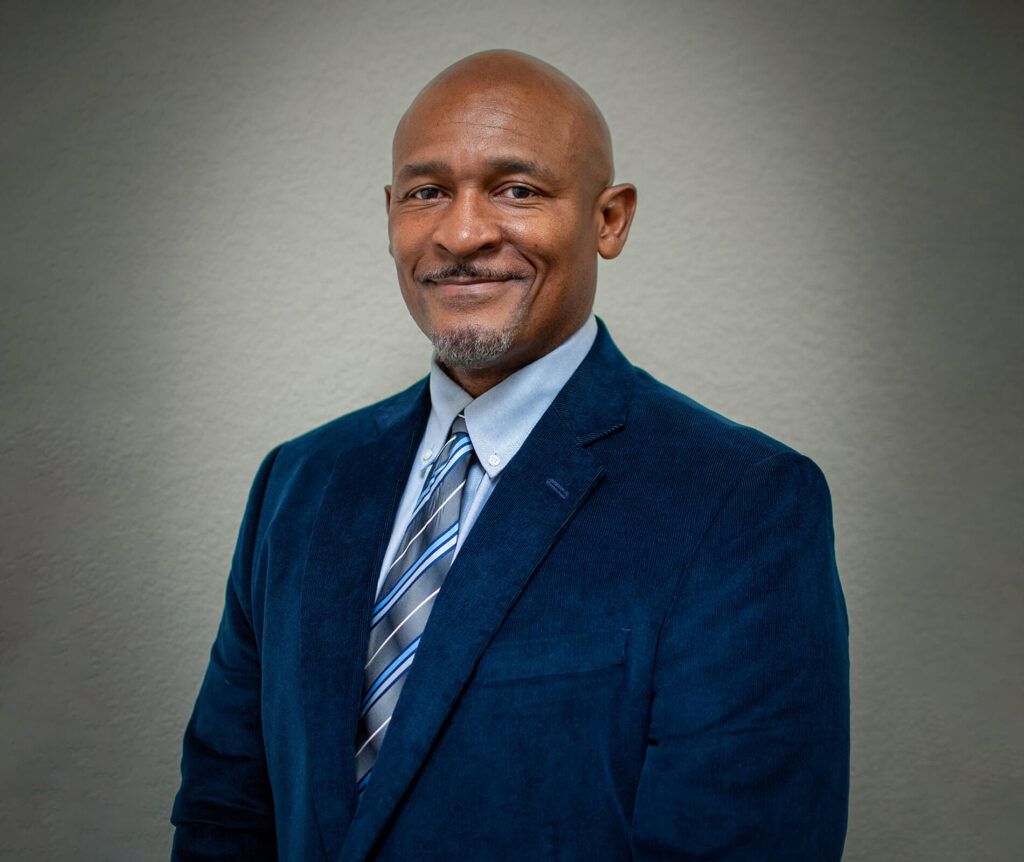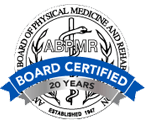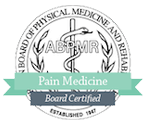Radiofrequency neurotomy is a treatment designed to provide relief from severe pain in the back or neck. It uses the heat generated by radiofrequency waves to interfere with the nerves’ ability to send out pain signals. The heat generated by these waves is delivered to targeted nerve areas through special needles that are inserted, just above the spinal area, through the skin.
Radiofrequency neurotomy does not usually provide permanent pain relief; its goal is to significantly decrease neck or back pain. Patients who have been previously unresponsive to more conservative methods of treatment, such as physical therapy or pain medication, are often candidates for this procedure.
Candidates for Radiofrequency Neurotomy
People experiencing chronic back or neck pain are considered good candidates for radiofrequency neurotomy. Patients who are taking blood-thinning medications are generally not good candidates because blood thinners can cause adverse reactions when mixed with the medication that is administered during radiofrequency neurotomy.
A series of diagnostic tests are performed to determine whether radiofrequency neurotomy will be beneficial for the patient. The diagnostic testing process begins with the injection of a small amount of numbing medication into the area where the pain is located. The areas of the body that have been numbed by the medication are the locations where the radiofrequency needles are placed. Once the needles have been inserted, the patient’s pain level is tested. If the pain gradually lessens, the patient is a good candidate for radiofrequency neurotomy.
The Radiofrequency Neurotomy procedure
Radiofrequency neurotomy is performed as an outpatient procedure in a doctor’s office, and is usually completed within an hour. The procedure begins with the placement of an intravenous (IV) line into the patient’s arm or hand. The IV is used to administer medication that keeps the patient comfortable and relaxed during treatment. A specialized X-ray machine, known as a fluoroscope, provides information that allows for the most accurate positioning of the radiofrequency needles. This ensures that only the targeted nerve tissues are affected, and that the healthy surrounding nerve tissues remain undamaged.
Risks of Radiofrequency Neurotomy
The risks of radiofrequency neurotomy vary. Some patients experience mild and temporary discomfort/reactions, while other patients experience serious and long-term pain or discomfort. Complications include the following:
- Temporary pain/numbness where the needles were placed
- Persistent numbness that cannot be resolved with medication
- Paralysis
Another possible complication of radiofrequency neurotomy is bowel or bladder incontinence.
Recovery from Radiofrequency Neurotomy
Patients can return home immediately following radiofrequency neurotomy. The recovery process varies from patient to patient, though most patients need only a few days to recover. One of the most commonly reported side effects of the procedure is mild, temporary soreness throughout the body; it is typically treated with rest, or over-the-counter pain medication.
Results of Radiofrequency Neurotomy
Radiofrequency neurotomy is more successful in some patients than others. The relief the procedure provides is only temporary, and lasts anywhere from just a few months to up to 2 years. Radiofrequency neurotomy can be repeated if pain recurs.




